Want to shed pounds and keep them off? Adding more protein to your diet might be the key to your success.
Protein not only helps you burn more calories but also keeps you feeling full and satisfied while preserving your hard-earned muscle during weight loss. And the best part? You don’t need a complete diet overhaul to see results—small, manageable changes can lead to big rewards.
Let’s look at why protein is essential for effective weight loss and how to make sure you’re getting enough.
Why Protein Matters for Weight Loss
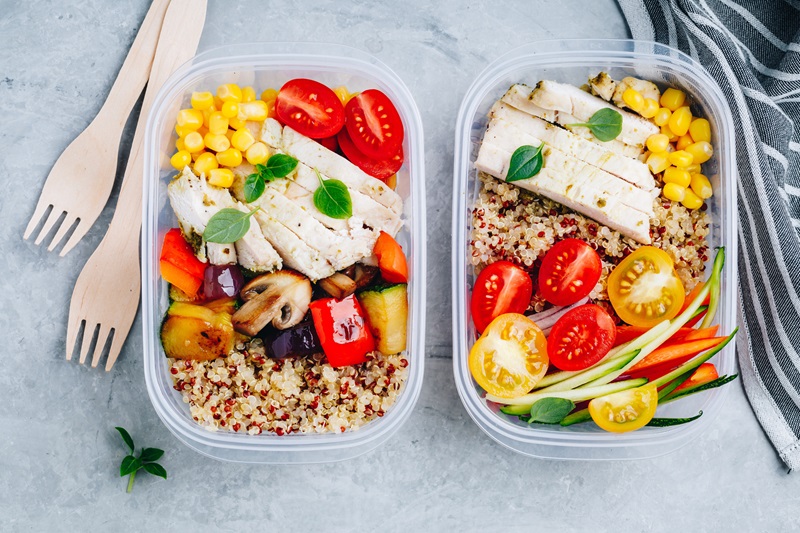
Eating more high protein meals when trying to lose weight is a smart move, offering key advantages like boosting metabolism, shaping a leaner body and helping you keep the weight off for good. Here’s how:
Protein Maximizes Daily Calorie Burn
Protein-rich diets can help you burn more calories throughout the day, making it easier to maintain the calorie deficit needed for weight loss. Among the macronutrients, protein has the highest “thermic effect,” meaning your body uses more energy digesting and processing protein than it does carbs or fats.
One study found that a protein-rich meal (about 30% protein) boosted post-meal calorie burn 17% more than meals high in carbs or fats. While the extra calorie burn is small, it adds up over time, giving your weight loss efforts a helpful boost.
Protein Protects Muscles and Metabolism
On top of this, eating enough protein—at least one gram per kilogram of body weight per day (about 90 grams for a 200-pound person)—helps protect your muscles as you lose weight. This not only supports a leaner physique but also contributes to maintaining an active metabolism since muscle burns calories even at rest.
During weight loss, metabolism slows down for two main reasons
- Your body gets smaller and requires fewer calories.
- Hormonal and endocrine changes kick in as a natural defense mechanism to conserve energy.
This slowdown, known as “metabolic adaptation,” makes it harder to lose those last few pounds and maintain your results. Fortunately, research shows that maintaining a higher protein intake can help counteract this slowdown, reducing the likelihood of regaining lost weight.
How High-Protein Meals Help You Stick to Your Plan

In addition to boosting calorie burn and preserving muscle, protein helps control hunger, making it easier to stay consistent with your weight loss plan.
Protein uniquely influences hormones that regulate hunger and fullness. It increases hormones like GLP-1 and CCK, which promote satiety while lowering ghrelin, the hunger hormone.
This makes high-protein diets especially effective for helping you feel full and satisfied, even when you’re eating fewer calories. One study found that people who got at least 20% of their daily calories from protein naturally ate less than those consuming only 10%.
But you don’t need a complete diet revamp to see results. Even a single high-protein snack can help. For instance, another study observed that people who ate a 14-gram protein snack—like a half-cup of edamame or a cup of Greek yogurt—felt more satisfied and consumed fewer calories at their next meal compared to those who had a lower-protein snack.
How Much Protein Do You Need for Weight Loss?
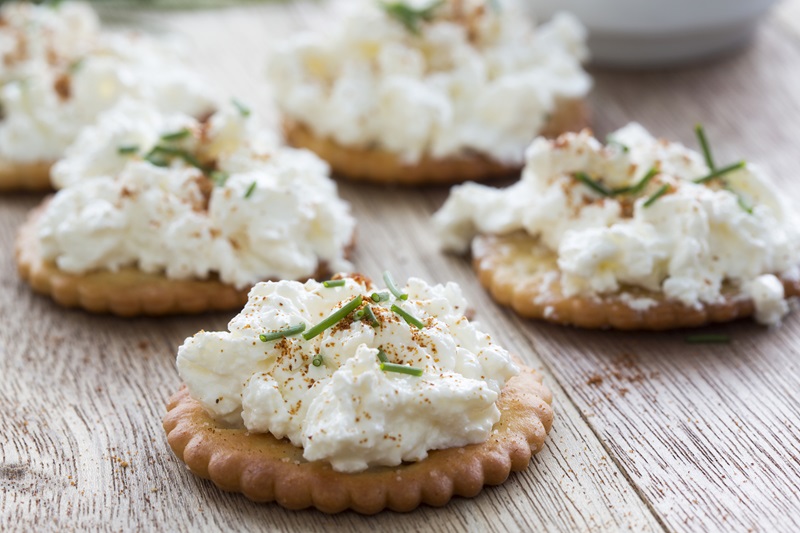
While research varies on the ideal amount of protein needed for weight loss, most experts recommend aiming for 1.2–1.6 grams of protein per kilogram of body weight or 25%–30% of your total calories from protein. These levels are linked to weight loss benefits and are manageable for most people.
That said, some people find it challenging to maintain a higher protein intake due to food preferences, digestive issues or convenience. To make it easier, gradually increase your intake with simple swaps like adding Greek yogurt, cottage cheese, edamame or egg whites to your meals and snacks.
Not a fan of complicated math? Aim for 20 to 30 grams of protein per meal and 10 to 15 grams per snack. This approach helps you hit your targets without overthinking it.
Does the Type of Protein Matter?

Certain high-protein foods, like eggs, nuts and beans, have been linked to better appetite control and improved weight management. However, the most important factor is getting enough protein from a variety of sources, as nutritional content and benefits vary across foods.
When managing your weight, leaner options like chicken, fish, egg whites, lean beef and low-fat dairy are ideal for keeping calories in check.
If you don’t eat meat, plant-based proteins like soy, legumes and nuts can help you hit your protein goals. Just keep in mind that most plant-based proteins (except soy) are incomplete, meaning they don’t contain all the essential amino acids your body needs. By eating a variety of plant-based proteins, you can get a complete amino acid profile.
Another consideration: some plant-based options require larger portions to meet protein targets, which can be challenging when cutting calories. Look for options that provide a lot of protein per calorie, like tofu, lentils and edamame.
Here are some great high-protein, low-calorie foods for weight loss:
- Egg whites
- Reduced-fat cottage cheese
- Protein powder
- Legumes
- Quinoa
- Tofu
- Skim milk
- Shrimp
- Chicken breast
- Reduced-fat Greek yogurt
- Tuna fish
- Sirloin steak
- Edamame
- Sharp cheddar cheese
Can You Get Too Much Protein?
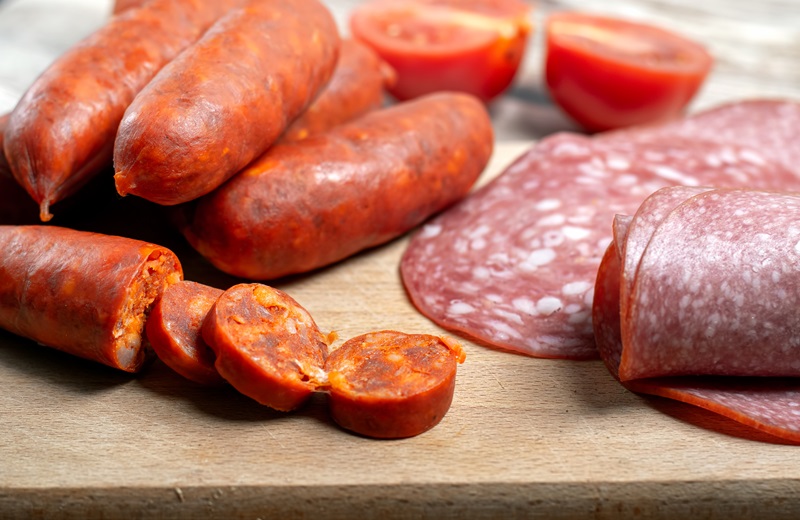
Yes, it’s possible to overdo it. Excessive protein intake, especially from red and processed meats high in saturated fat, may increase your risk of kidney stones, heart problems and colon cancer.
While there’s no definitive limit, most people don’t need more than 1.6 grams of protein per kilogram of body weight (about 130 grams for a 180-pound person). Unless you’re an elite athlete or bodybuilder, going beyond this amount won’t likely offer additional benefits.
Easy Ways to Add Protein to Your Day
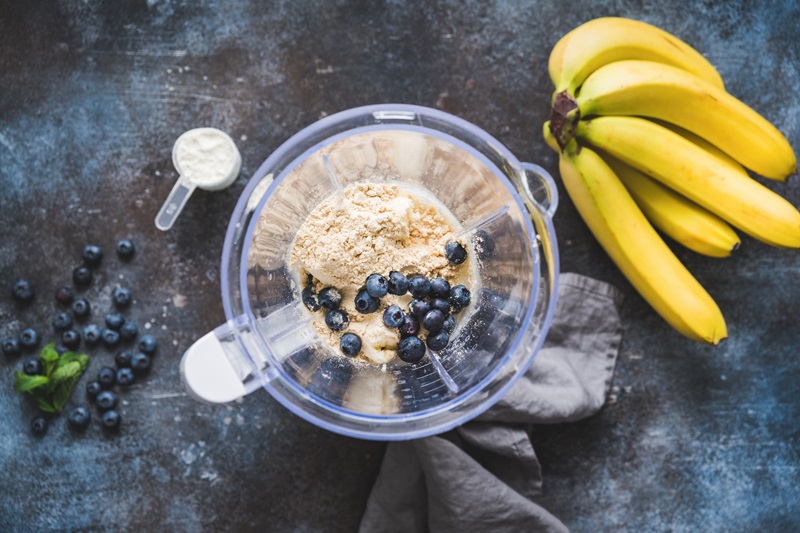
Incorporating more protein in your diet can be as simple as:
- Adding a scoop of protein powder to your smoothies.
- Snacking on hard-boiled eggs or a handful of almonds.
- Swapping regular pasta for lentil or chickpea pasta.
- Stirring cottage cheese into your oatmeal for extra creaminess and protein.
- Topping salads with grilled chicken, tofu or shrimp.
- Choosing Greek yogurt over regular yogurt for a higher protein option.
By making small, sustainable changes to increase your protein intake, you can take control of your hunger, support your weight loss goals and build healthy habits for the long term.
Looking for a convenient way to eat high protein and achieve your weight loss goals? Discover Nutrisystem’s delicious, hassle-free plans delivered straight to your door!
References
- M C, H K, J A, et al. The Thermic Effect of Food: A Review. Journal of the American College of Nutrition. Published August 1, 2019. https://ift.tt/RM7TypB
- Kokura Y, Ueshima J, Saino Y, Maeda K. Enhanced protein intake on maintaining muscle mass, strength, and physical function in adults with overweight/obesity: A systematic review and meta-analysis. Clinical Nutrition ESPEN. 2024;63:417-426. doi:https://ift.tt/HvS62Tq
- Martínez-Gómez MG, Roberts BM. Metabolic Adaptations to Weight Loss. Journal of Strength and Conditioning Research. 2021;Publish Ahead of Print. doi:https://ift.tt/pntBWXE
- Moon J, Koh G. Clinical Evidence and Mechanisms of High-Protein Diet-Induced Weight Loss. Journal of Obesity & Metabolic Syndrome. 2020;29(3):166-173. doi:https://ift.tt/J3C5jDQ
- de Carvalho KMB, Pizato N, Botelho PB, Dutra ES, Gonçalves VSS. Dietary protein and appetite sensations in individuals with overweight and obesity: a systematic review. European Journal of Nutrition. 2020;59(6):2317-2332. doi:https://ift.tt/z3ybX7C
- Gosby AK, Conigrave AD, Raubenheimer D, Simpson SJ. Protein leverage and energy intake. Obesity Reviews. 2013;15(3):183-191. doi:https://ift.tt/vodM7lS
- Ortinau LC, Hoertel HA, Douglas SM, Leidy HJ. Effects of high-protein vs. high- fat snacks on appetite control, satiety, and eating initiation in healthy women. Nutrition Journal. 2014;13(1). doi:https://ift.tt/VvMSq9T
- Leidy HJ, Clifton PM, Astrup A, et al. The role of protein in weight loss and maintenance. The American Journal of Clinical Nutrition. 2015;101(6):1320S1329S. doi:https://ift.tt/W1bLOfT
- Siener R. Nutrition and Kidney Stone Disease. Nutrients. 2021;13(6):1917. doi:https://ift.tt/hkpV3Qs
- Veettil SK, Wong TY, Loo YS, et al. Role of Diet in Colorectal Cancer Incidence. JAMA Network Open. 2021;4(2):e2037341. doi:https://ift.tt/RD8nPSg
The post Why High-Protein Meals Are the Secret to Weight Loss Success appeared first on The Leaf.
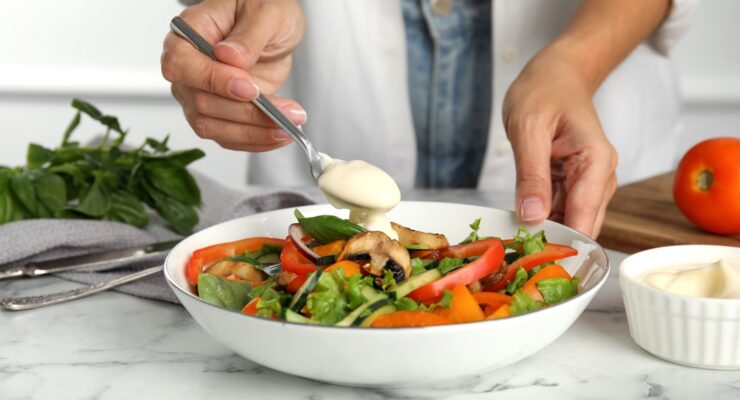

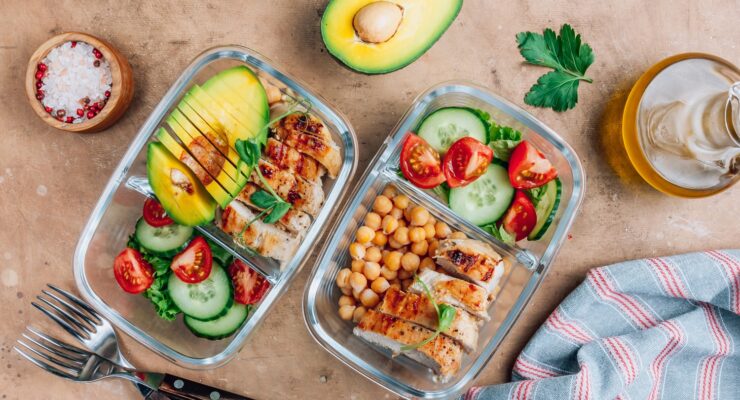
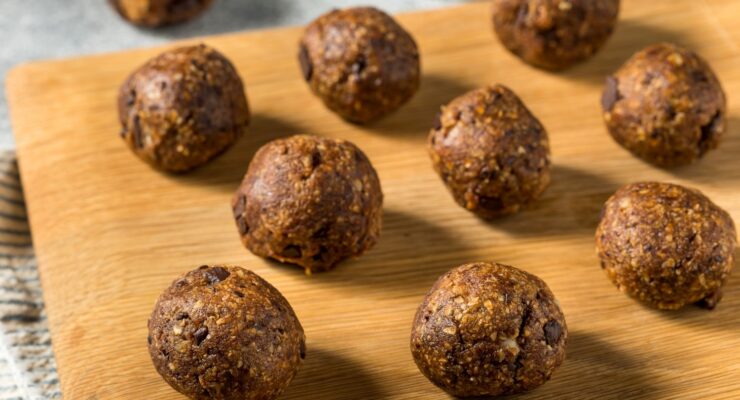
Comments
Post a Comment